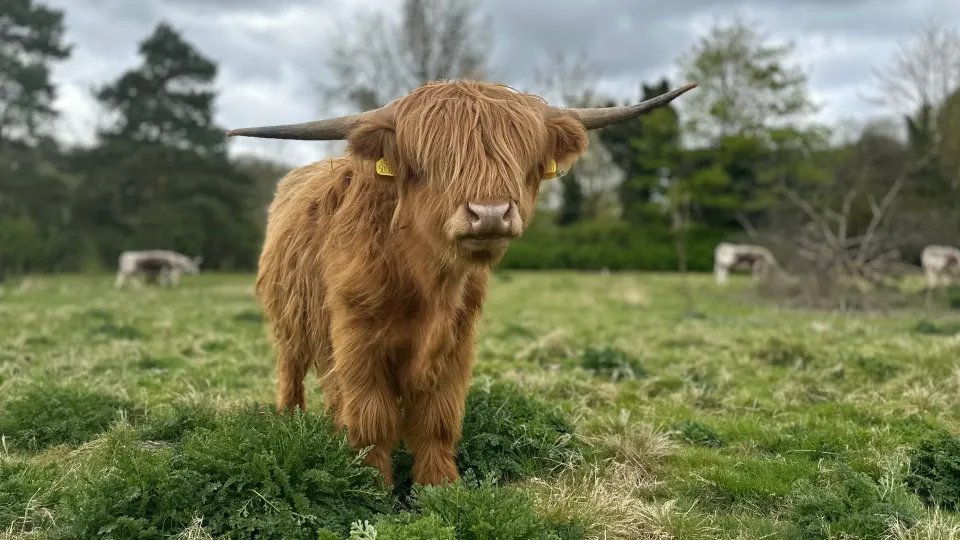
Kent Wildlife Trust to vaccinate livestock against bluetongue
As cases of bluetongue begin to rise, Kent Wildlife Trust has taken the decisive step to vaccinate its livestock against it, safeguarding the health of its sheep and breeding cattle.

As cases of bluetongue begin to rise, Kent Wildlife Trust has taken the decisive step to vaccinate its livestock against it, safeguarding the health of its sheep and breeding cattle.
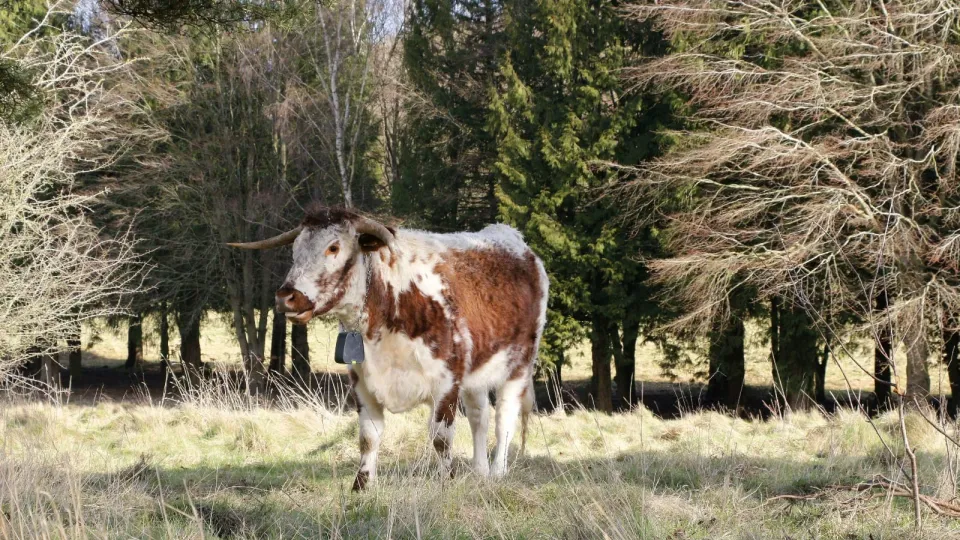
Wilder Grazing Ranger Volunteer Trainee, Ellie Edmondson, explores why grazing animals shed and gain weight throughout the year as part of a natural cycle.
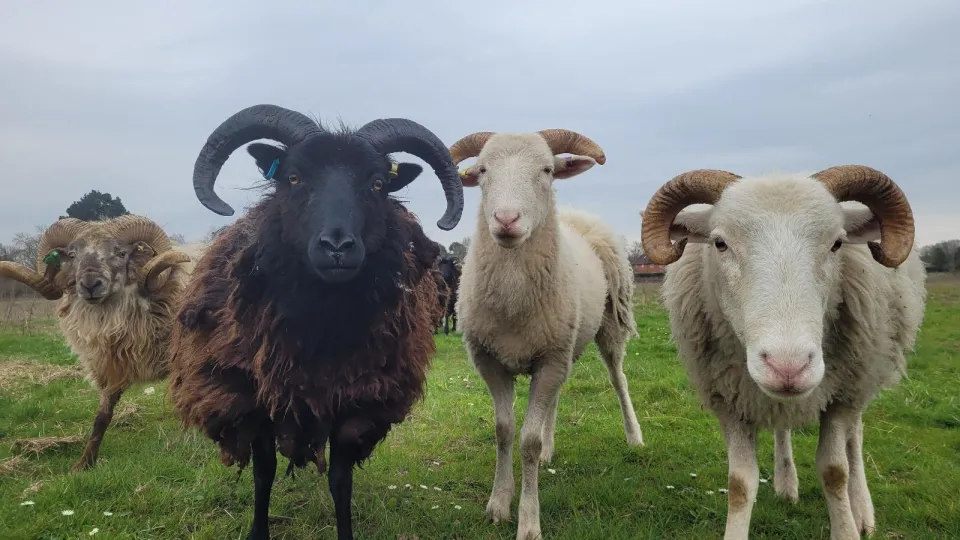
Kent Wildlife Trust has partnered with Leybourne Grange Management CIC to enhance biodiversity at a meadow on the outskirts of West Malling.
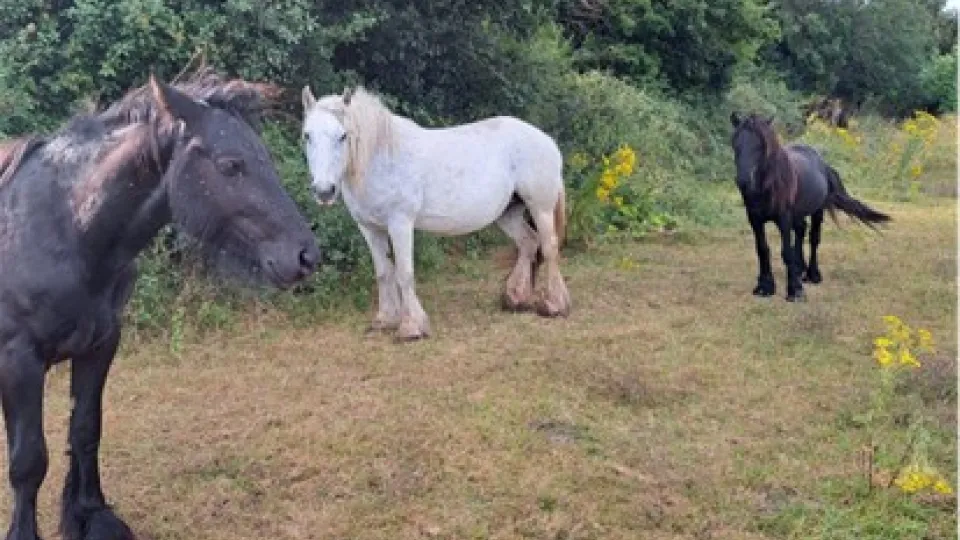
Wilder Grazing Ranger Volunteer Trainee, Ellie Edmondson, talks about the fell ponies on our reserves and what makes them great conservation grazers.
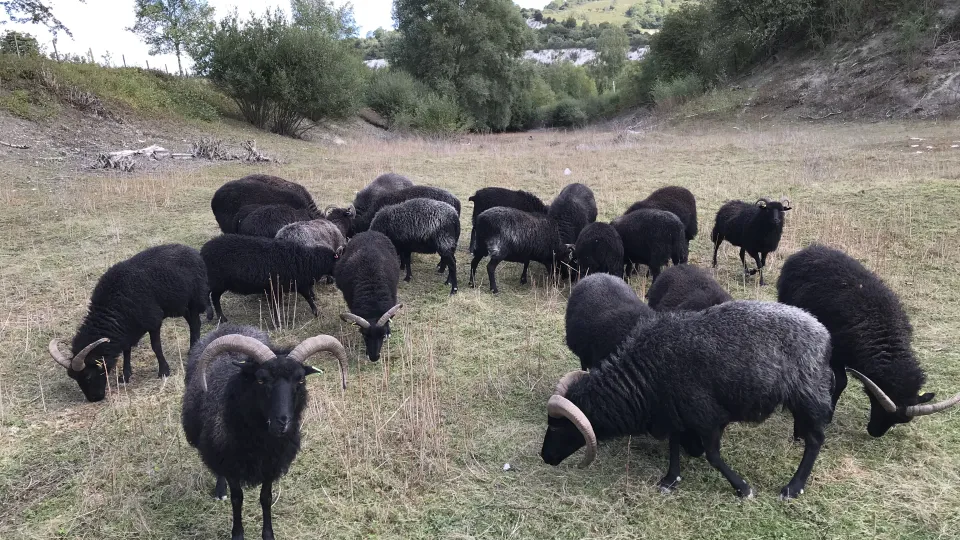
Kent Wildlife Trust has renewed its appeal for dog owners to keep their pets on leads around livestock following the tragic death of a sheep at Queendown Warren Nature Reserve in Hartlip. The incident, believed to have been caused by an out-of-control dog, resulted in the Hebridean sheep dying from exhaustion.
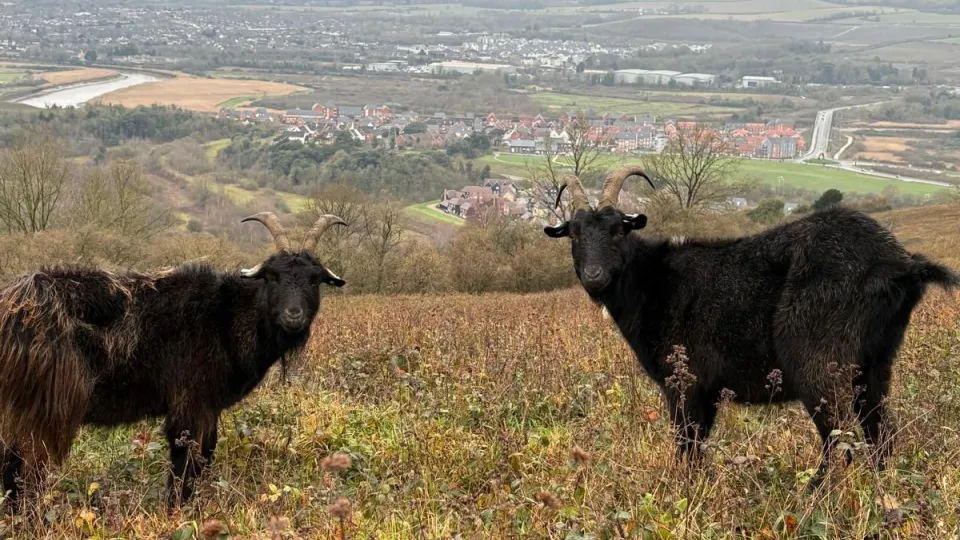
Rangers celebrate “Christmas miracle” as escaped goat returns after three-month adventure
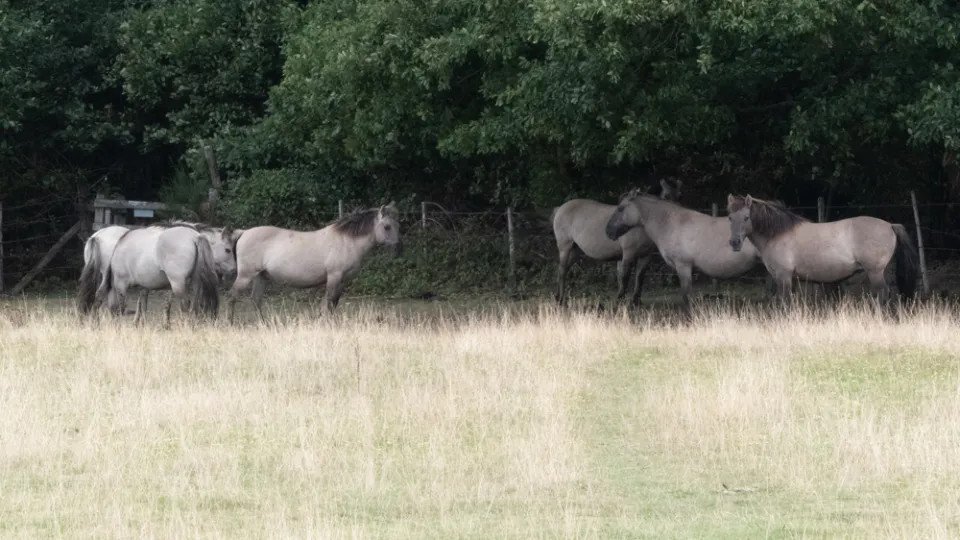
One of the main methods that seeds use to disperse themselves is through animals. Read more about the importance of this & how it happens.
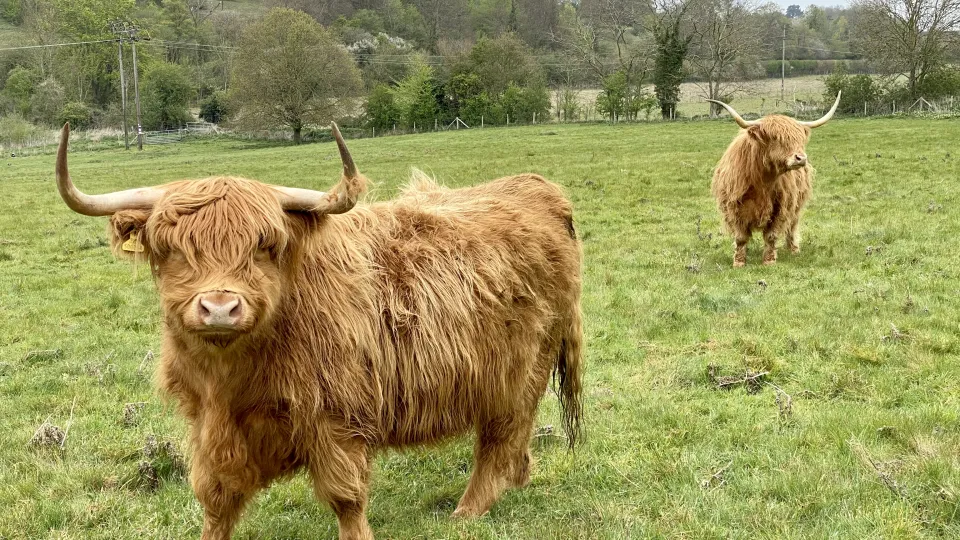
As the cold snap of winter rolls in across the country, our grazing animals showcase a diverse array of adaptations, evolved over time to contend with plummeting temperatures and the reduction in leafy vegetation cover across Kent’s nature reserves.
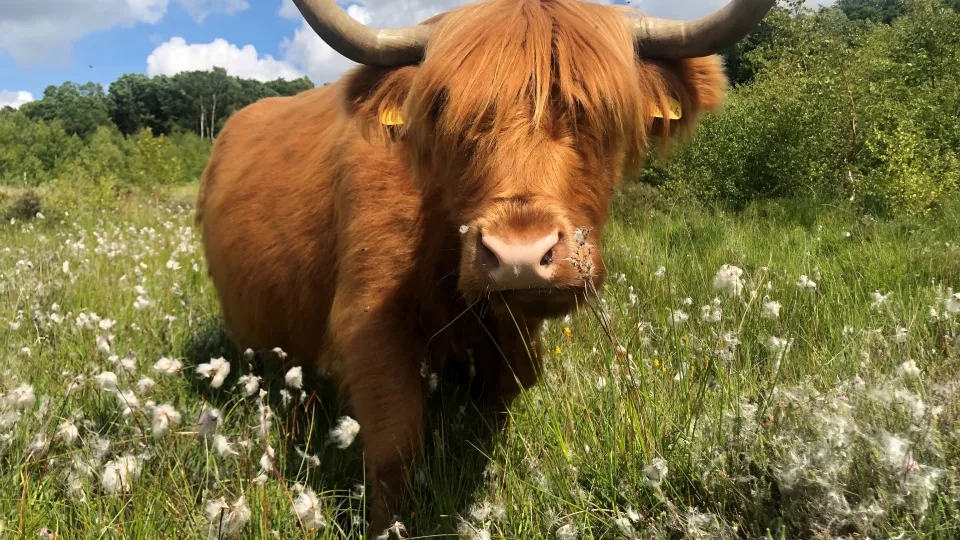
Meet some of the cattle who manage this reserve naturally, and learn all about them from our experienced Wilder Grazing Ranger for the area.

Meet some of the cattle who manage this reserve naturally, and learn all about them from our experienced Wilder Grazing Ranger for the area.